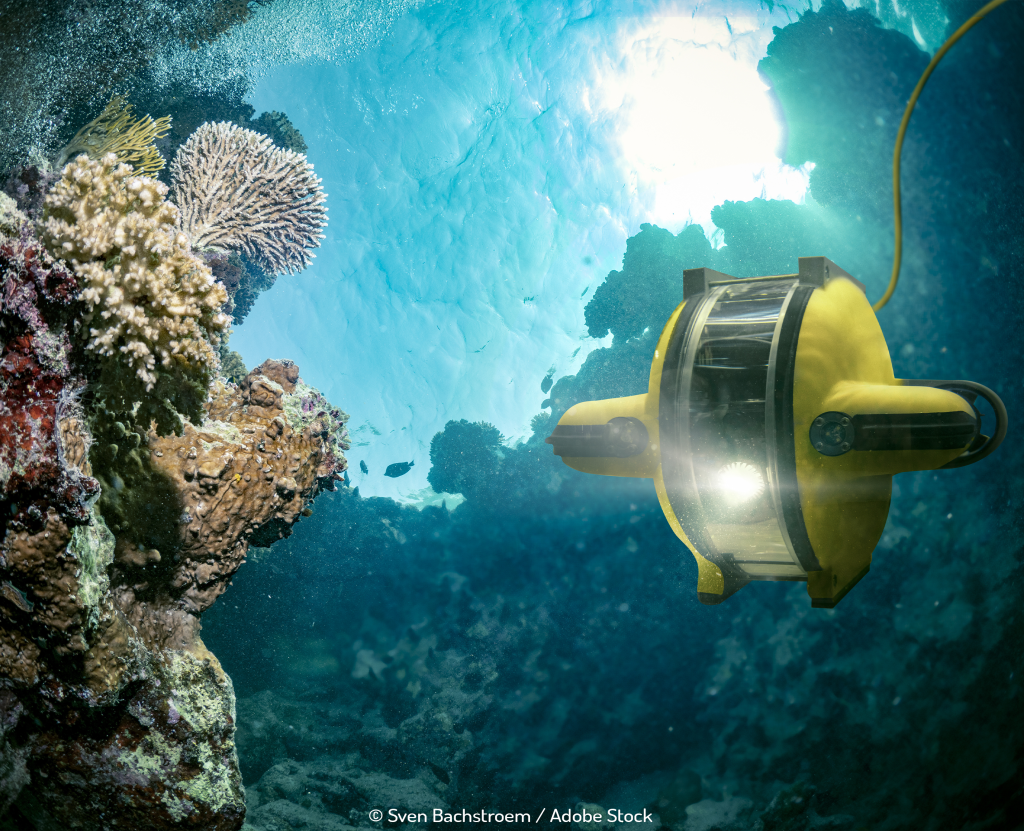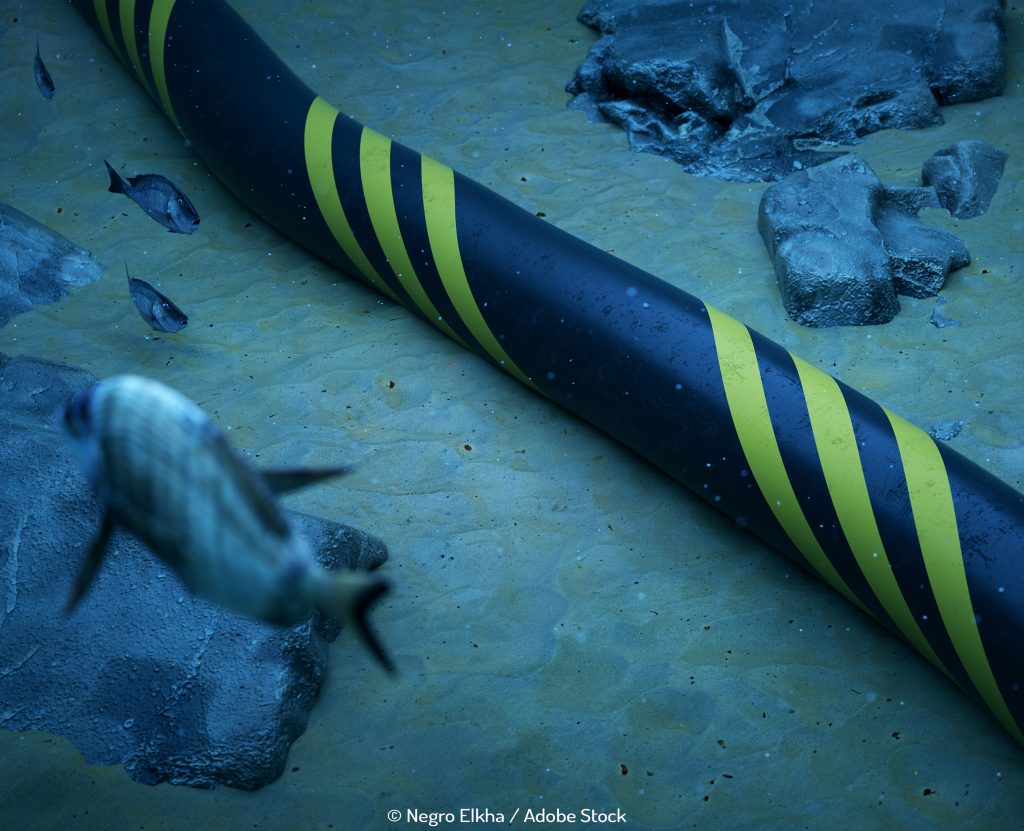
Robotics to present significant UK job and export opportunities in the next decades
According to ORE Catapult, the UK based research centre for offshore renewable energy, robotics and autonomous systems (RAS) will be worth £1.3 billion to the UK wind (on and offshore) energy market by 2030 and £3.5 billion by 2050. As operations and maintenance (O&M) activities increase in the decades to come in harsher environments, innovations in RAS will represent an ever-increasing share of the market.
Gavin Smart, author of the report and Head of Analysis & Insights at ORE Catapult, said, “As we continue to work towards achieving Net Zero, it is clear that robotics will play a key part. The opportunity this presents for the UK is significant – across the supply chain we can create jobs, upskill our energy workforce, build export potential and add value to our economy.”
As wind farms move into deeper, remoter, and more volatile waters, it will task robotics with ever more complicated work. Moving from current roles in survey and underwater inspection work, to cleaning, blade inspection, and preventative maintenance. The UK is already a pioneer in the field, with companies such as Bladebug developing a crawler bot for turbine blade inspection, Innvotek and their magnetic crawler for NDT inspection, and Honuworx developing an autonomous subsea communications hub.
ORE Catapult expects the export opportunities for companies such as these to grow exponentially in the coming years. They estimate the global export market for RAS technologies in offshore wind O&M to be £285 million in 2030, £750 million in 2040, and £1.2 billion in 2050. Gavin Smart commented, “The growth of the global energy market represents a remarkable opportunity for robotics and autonomous systems … What is unique about the robotics market is the potential for cross-application technologies. It is likely that the solutions that will maximise performance, increase efficiency and improve safety will be adapted to work across multiple industries – inside and outside energy.”
The ORE research also includes the oil and gas industry and here too, are significant opportunities. It is expected that the UK market for RAS activities in O&M for oil and gas will be £266 million in 2030, declining to £176 million in 2050 in line with energy transition targets. Globally, the oil and gas market is expected to be larger than the offshore wind market, with a size of £4.9 billion in 2030 and £3.3 billion in 2050.
With the expected crossover potential between the two markets, the combined RAS opportunities should have every robotics innovator in the UK looking to the future with anticipation. The RAS market represents an opportunity for the UK to take a leading position globally. By leveraging its existing oil and gas expertise, combined with its current pioneering role in offshore wind, the UK could offset significant numbers of jobs due to be lost with the decline of the oil and gas sector.
As Gavin Smart put it, “Cutting-edge research and development into robotic technologies for offshore wind is already taking place, right here in the UK. We are building a position as a pioneer in this field which opens up a multi-billion pound domestic and export market over the coming decades.”


